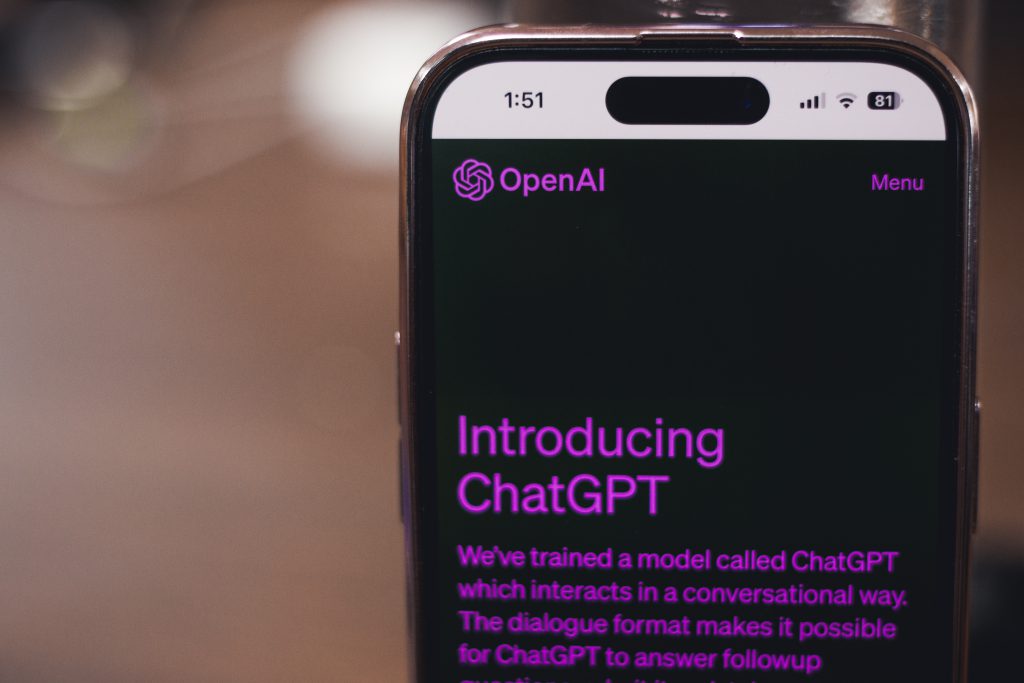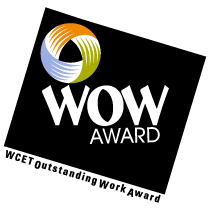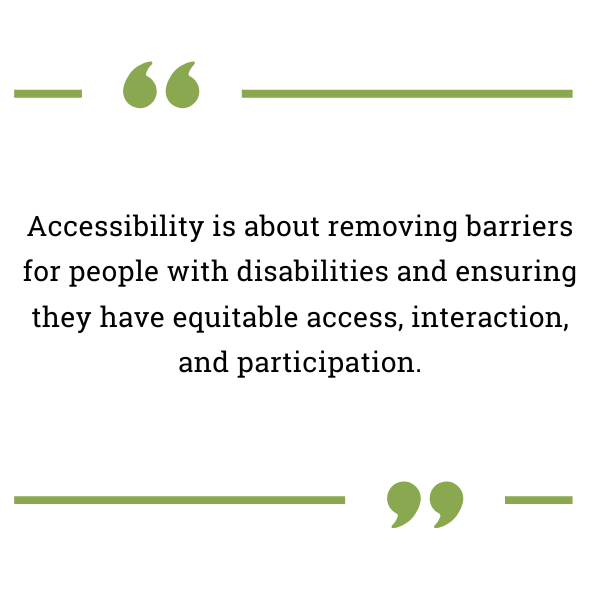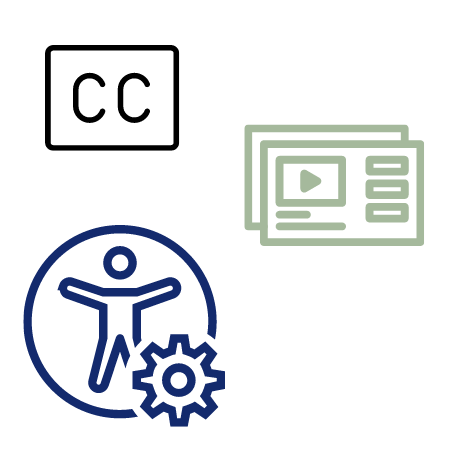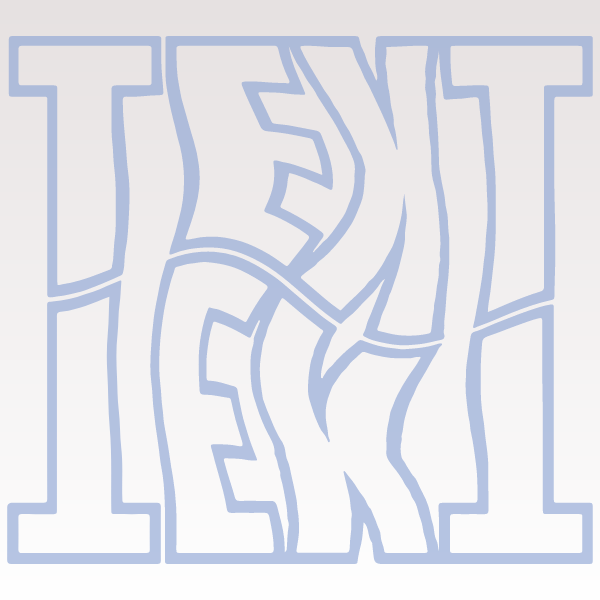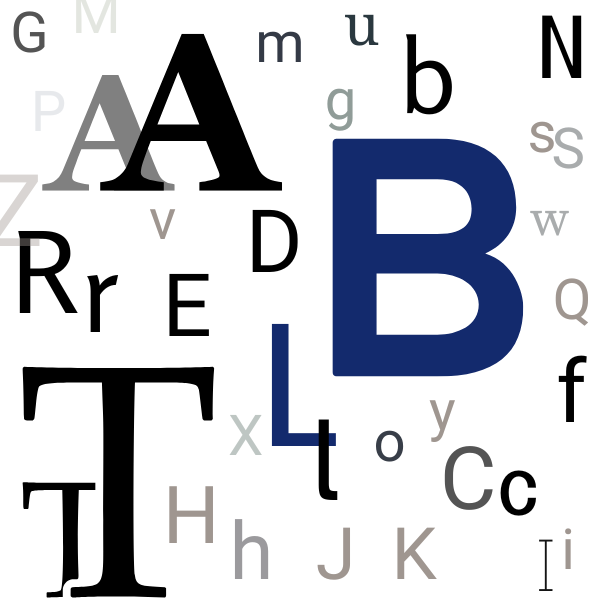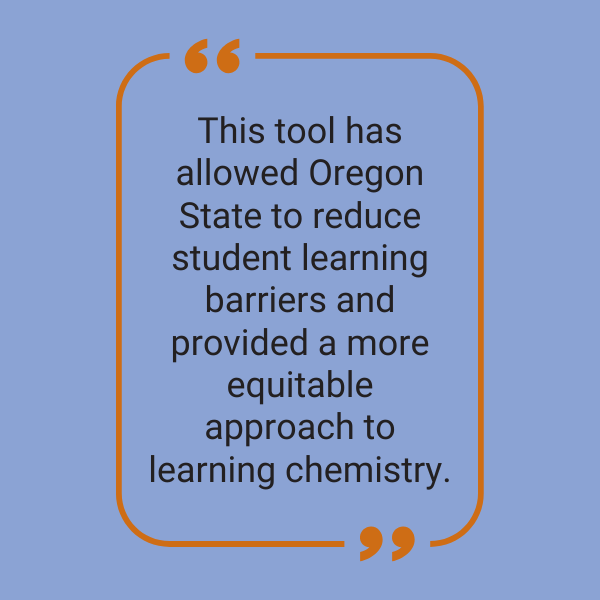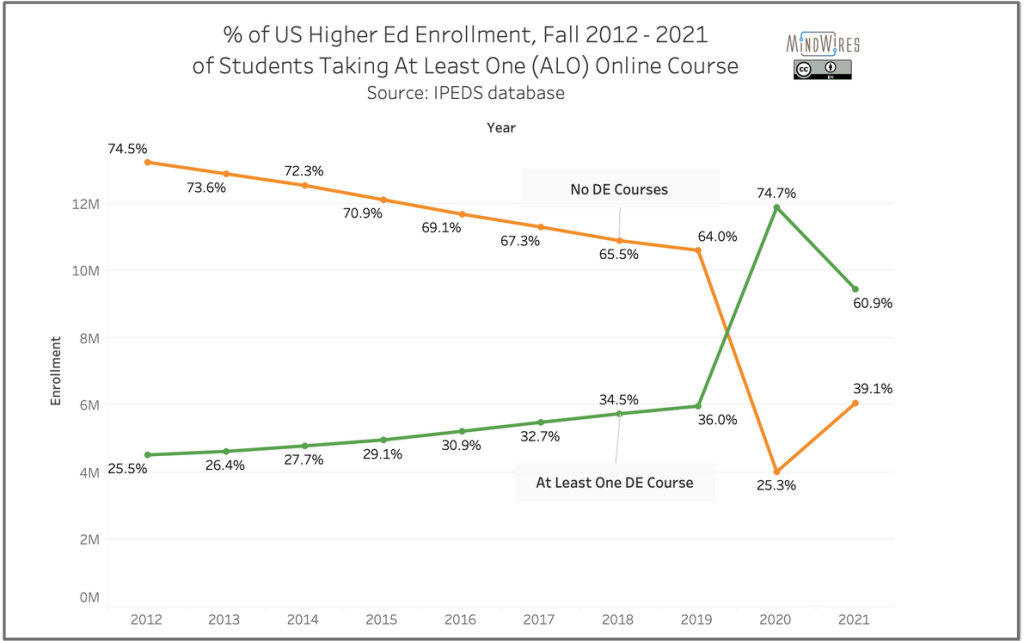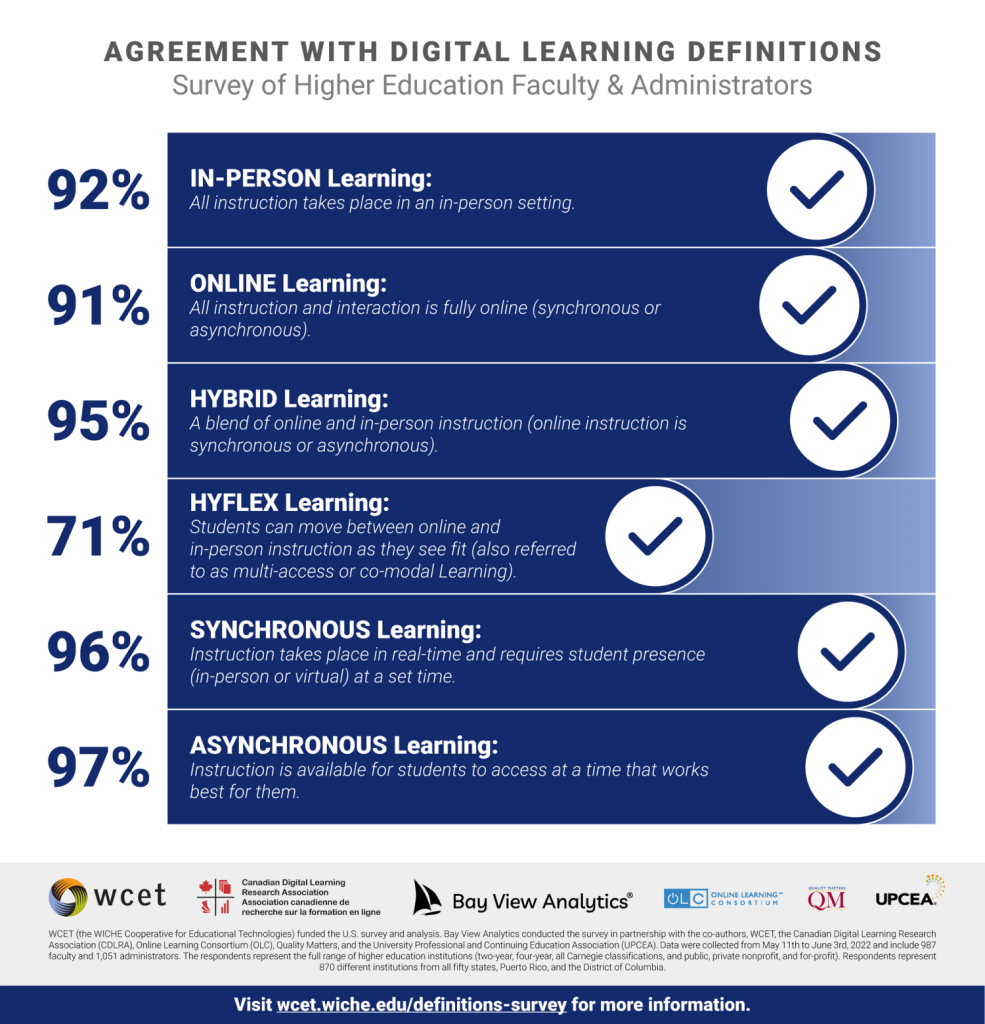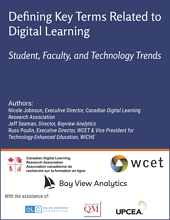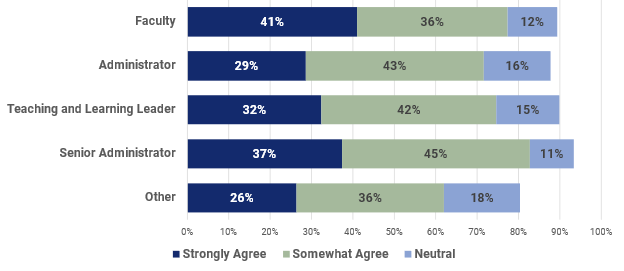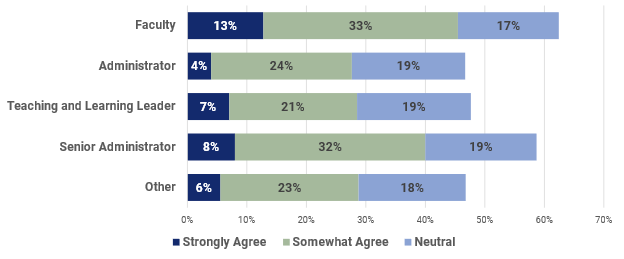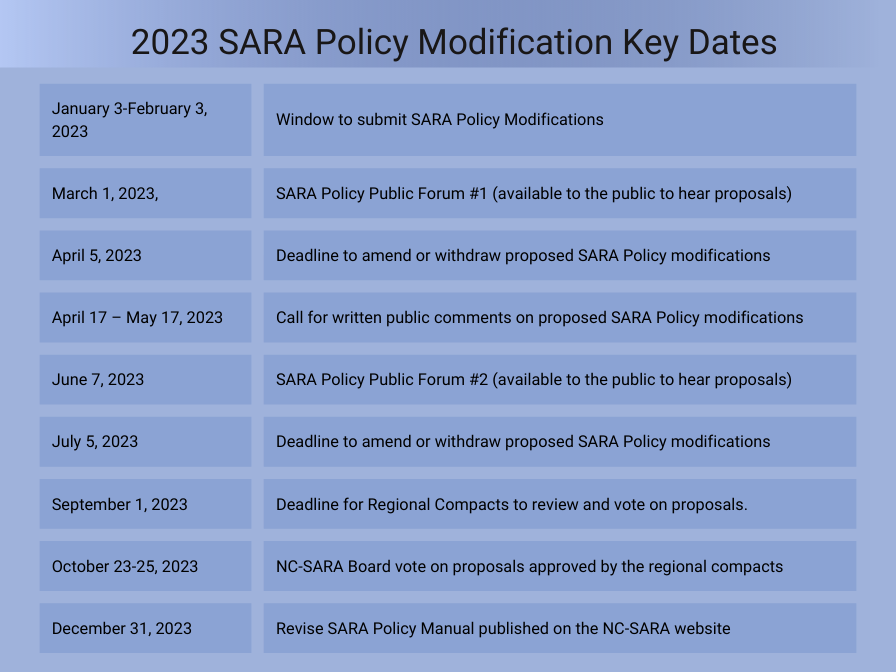Did you know that May is Mental Health Awareness month?
According to the National Alliance on Mental Illness (NAMI), the U.S. has observed this since 1949. The month is a focused “national movement to raise awareness about mental health.” You can learn more about the movement on the Mental Health Awareness Month website. Mental Health and wellness impacts us all in many ways, both personally and professionally.
When you think about personal or professional wellness, what enters your mind?

Here are some of the words that pop into my head:
- Self-care.
- Work-life balance.
- Wellness.
- Well-being.
- Intention.
- Mindfulness.
- Authentic Self.
- Grace.
- Health.
- Healthy lifestyle.
- Relaxation.
- Happy.
- Positivity.
- Mental health.
- Emotional health.
- Fitness.
- Strength.
- Adaptability.
- Resiliency.
I have been thinking about this a lot over the past few years. As I’m sure you remember, the COVID-19 pandemic changed our world in many (many!) ways. One of the bigger ways – a new focus on work and life-balance and wellness.
Where will this focus take us? Can we orient toward a professional environment that prioritizes the mental and physical health and well-being of staff but also ensures we meet our productivity goals? I believe we can. And, apparently, so do many of our colleagues in the WCET and higher education community.
That’s why WCET selected the topic of Leadership and Wellness for the month of May. To me, having strong, adaptable, and resilient team members means we accomplish some amazing work in our planned timeframes. However, without healthy team members, deadlines are missed, or mistakes are made.
What do people want when it comes to work-life balance?

Cindi Fukami, a professor in the Daniels College of Business at the University of Denver, has said that the need for work-life balance isn’t new.
But COVID “accelerated this trend and the conflict between work and life demands was front and center.”
The U.S., unfortunately, seems to outpace other nations in hours worked per week and employees have less vacation time and fewer benefits for working parents.
Fukami advised that people just want a “productive life along with a productive work life” (Ballard, 2022).
Why should we prioritize this?
The Great Resignation highlighted a voluntary and mass exodus of workers associated with the pandemic, yes, but there are deeper issues at play. Studies suggest that the trend of leaving jobs that didn’t offer exactly what employees want out of their work and their life, was happening before the pandemic. COVID just pushed it over the edge a bit.
- More experienced workers used employment changes due to the pandemic as a time to retire.
- Younger employees saw the potential impact of the pandemic on their life and health and decided they “have one life to live and they want to live it to the fullest.” That usually doesn’t include staying at a job that doesn’t make them happy or matter to them (Phipps, 2022).
Lack of benefits are often cited as reasons people quit a job. These can include:
- Low pay,
- Lack of advancement opportunity,
- Feeling disrespected at work,
- Childcare issues (many of which continue still),
- Lack of flexible hours or choice of hours,
- Lack or poor health insurance and paid time off (Phipps, 2022).
Simone Phipps, professor of management at Middle Georgia State University, offers that employers must focus on employee wellbeing and listen to what their staff tell them they need. By modeling wellness, boundary setting, and balance as a leader, team members begin to adopt these healthy behaviors. In turn, they become more productive, more creative, and more collaborative. I love that Dr. Phipps and others have said that we all need to focus on our “shared humanity” when it comes to navigating this new way of living.
Our Theme this Month
As I said, our theme this month is Leadership and Wellness.
To help you consider your own personal wellness and the wellness of your team (whether you are in a leadership position or just want to help role model wellbeing in the workplace for your peers), WCET will offer resources and events in this topic area.
- May 19, WCET members are invited to join Christine Lustik, Leadership Development and Coaching Specialist, to discuss Wellness and Work during our May Closer Conversation.
- May 24 – Free and open to all, join us for a #WCETWebcast on Balancing Leadership and Life While Supporting Your Team. This webcast features tools and resources for mindfulness and specific tips for leading in this area.
- May Closer Look – releasing next week via wcetNEWS, our WCET Member-only Closer Look will be on Leadership Tips for Balancing Wellness and Supporting Your Team.
We hope you’ll join us in honoring May as Mental Health Awareness month by learning new ways to focus on your own well-being and perhaps help your colleagues as well.
References
Ballard, Janette. (2022). From Pandemic to Endemic: The Future of Work-Life Balance. University of Denver News. Retrieved from https://www.du.edu/news/pandemic-endemic-future-work-life-balance
Phipps, Simone. (2022). What Exactly Is “The Great Resignation?” Middle Georgia State University. Retrieved from https://www.mga.edu/news/2022/04/what-is-the-great-resignation.php

